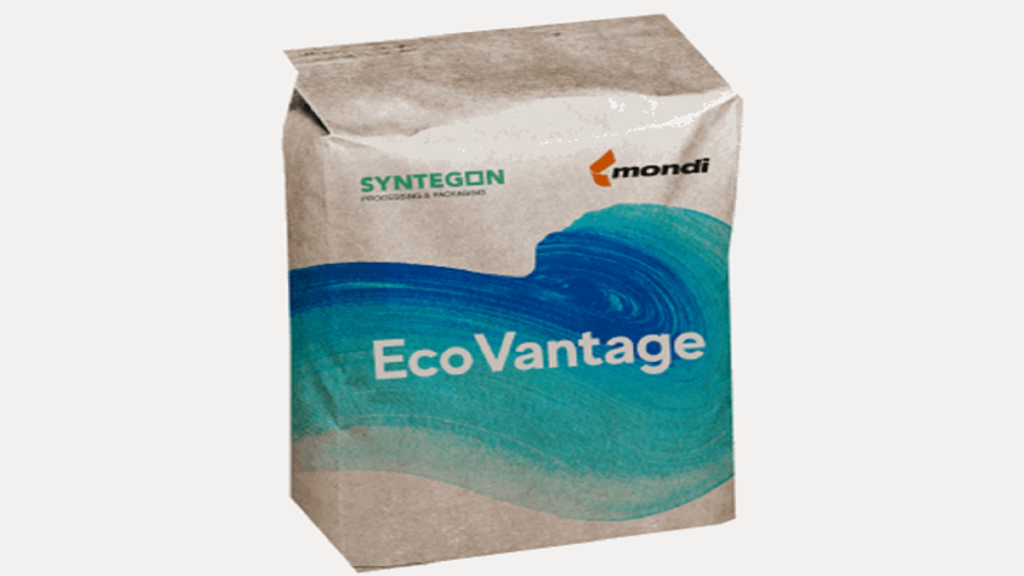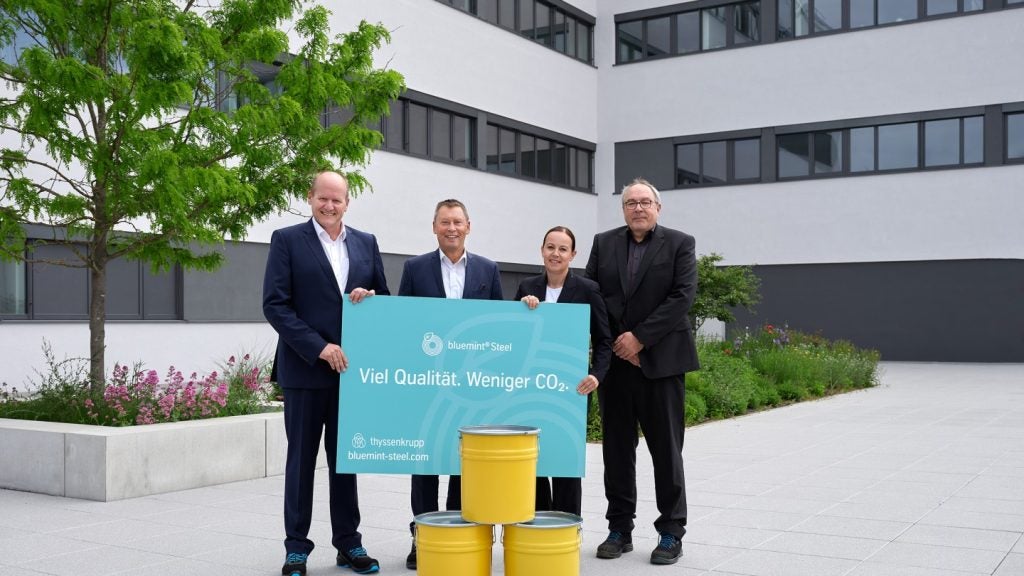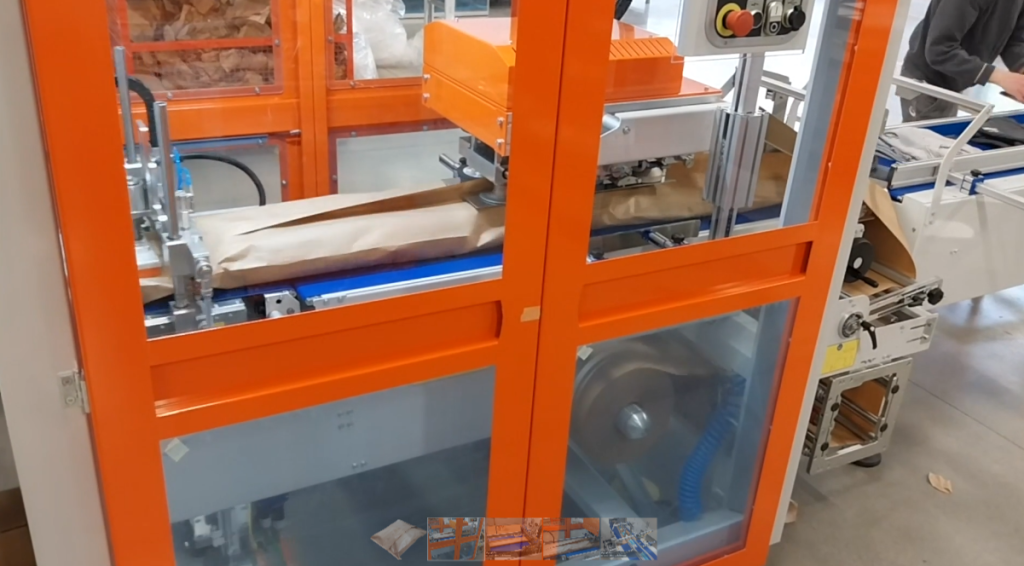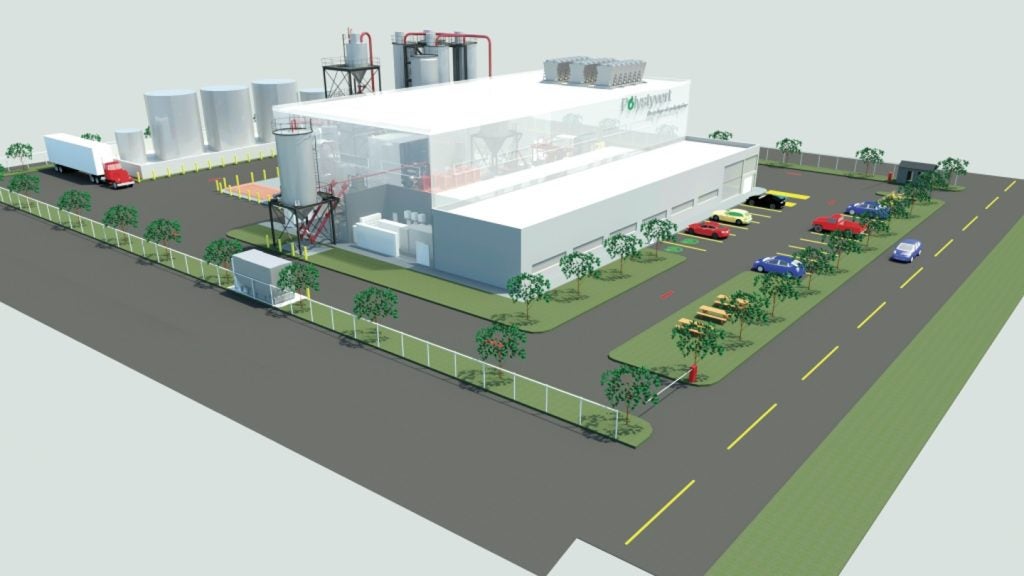Consumer packaged goods (CPG) companies are always looking to keep pace with consumers’ evolving demands, and product development is the lifeblood of this industry. One of the most exciting developments in this space is the use of artificial intelligence (AI) throughout the CPG research and development (R&D) process.
Investing in digital transformation, especially AI, can lead to a big payoff for CPG brands. Research commissioned by Forbes estimates top digital and analytics use cases will contribute between $490 and $940 billion by the end of 2023. One of the most promising applications of AI is its ability to influence and improve the way CPG teams work together by enabling better communication, wider knowledge access and simpler workflows.

Learn more about AI’s role in R&D, the challenges of traditional approaches to development processes and how AI can transform the way your teams work.
The role of collaboration in CPG research and development
R&D teams need access to specialized and specific information when developing products. They work with massive amounts of data and manage complex processes and systems. This work is too involved for one person or even a small group to manage alone. Combining team efforts is the only realistic way companies can effectively move through the stages of planning, research, development, testing, marketing and product release.
Optimizing workflows by combining shared tasks and integrating AI can also offer significant cost savings. According to research from McKinsey, 27% of businesses saw an impact of at least 5% of EBIT from AI initiatives in 2021. In comparison, only 22% of respondents claimed the same impact in 2020.
Here are three core areas where more efficient and effective teamwork contributes to the development process process and improves product portfolios.
Streamlining workflows
Collaboration requires different people or teams to coordinate their efforts. When done well, this naturally moves R&D teams from a series of scattered workflows to a unified, streamlined, more efficient set of tasks.
By identifying areas of overlap, teams can prevent duplicative work and bring together team members who are working on the same things. This enables employees to share feedback, offer insights and bounce ideas off each other. Working in close cooperation also streamlines workflows by identifying areas where people or teams are working at cross-purposes.
Adding unique perspectives
AI-powered tools can improve the R&D process by making sure more expertise is accessible across departments, disciplines and perspectives. They can draw on the expertise of each individual to better understand the implications of different approaches. This enables teams to develop solutions that are more well-rounded, comprehensive and commercially promising.
Teams aren’t always working together in the same room, or at the same time. Asynchronous collaboration is vital for multinational companies whose R&D teams and other key employees might be scattered across geographies and timezones. By ensuring people across locations can connect and contribute, you bring in more ideas and faster decision-making.
As teams work closely together and get to know each other, they build trust and feel more comfortable sharing their ideas, especially those that are unconventional but potentially game-changing.
Promoting innovation and continuous improvement
Great R&D cultures are all about innovation and continuous improvement. Working closely together with experienced colleagues and subject matter experts makes it easier for teams to identify opportunities for improvement and more quickly develop and test solutions.
With the right tools and people in place, teams can identify and assess risks, test assumptions and make sure that any changes are well-informed. Creating a culture of effective communication and teamwork also enables teams to quickly pivot and adjust strategies when needed. This helps keep businesses agile, flexible and competitive in a rapidly changing landscape.
Common roadblocks to achieving synergy
While the benefits of working together are clear, merging the working styles, knowledge, experience and skills of different individuals comes with serious roadblocks. These challenges can take many forms, from interpersonal conflicts and communication breakdowns to conflicting priorities and limited access to information. Even with the right people in place, the ability for teams to effectively work together increasingly depends on having the right processes and technologies in place.
As teams strive to combine their unique strengths and perspectives, it’s important to navigate the obstacles that come with it. Here are three roadblocks that keep teams from collaborating as closely as intended.
Manual processes
Traditional methods of data entry, validation and sharing can be time-consuming and error-prone. These manual processes can cause problems in terms of data accuracy and integrity, as well as communication and coordination challenges among team members. Teams can’t work as quickly or trust that they have the right information — or all the information they need.
At best, this leads to inefficiencies and product launch delays. At worst, R&D efforts fail, or products are released that are less effective or flawed.
Without automated processes, teams struggle to standardize data, track progress and ensure that everyone is working with the most current information.
Siloed information
Many businesses lack a centralized knowledge base — a single source of truth for trusted information and subject matter experts. Worse still, many companies suffer from a silo mentality where information is locked inside employees’ heads or in inaccessible systems.
When information is siloed, teams struggle to understand what data is available, much less share information effectively. This creates confusion, duplicative work, data errors and delays in the CPG development process. Silos especially complicate cooperative R&D processes when companies are working with external partners. When they can’t access information or struggle to get the necessary permissions, workflows can be disrupted, and employees become frustrated.
Scalability issues
As CPG companies grow, their needs and processes become more complex, which can also make it more difficult for teams to work together. They might lack enterprise collaboration tools or find that the technology they use can’t scale with the increasing demands of a growing business.
Acquiring new technology or revamping processes can be expensive and time-consuming, with no guarantee of success. In the meantime, R&D teams can face difficulties in project momentum regarding project status, key data or next steps.
Without an organized platform for information-sharing and resource accessibility, teams will struggle to communicate important information, stay on track and generate optimal results.
10 ways to accelerate R&D by leveraging AI
Teams can improve R&D outcomes by thoughtfully adopting AI solutions that reduce friction, improve efficiency and lead to better products that meet customer needs. These are just some of the reasons nearly 90% of CPG companies plan to implement AI in customer-facing and operations activities within the next two years, according to Boston Consulting Group. Here are 10 ways to leverage the power of AI to drive more effective teamwork throughout your development process.
Emphasize data-driven decision making
AI-powered tools can help teams better understand their customers’ needs by providing rapid access to customer feedback data or marketplace trends. With these previously inaccessible insights at people’s fingertips, teams can focus their CPG product development efforts on innovation processes that are backed by real-life data.
For example, after more than 150 years in business, Campbell Soup Co. is using AI to track and analyze consumer data. These insights helped the company develop spicy product variations such as Frank’s RedHot Goldfish Crackers and Chunky Ghost Pepper Chicken Noodle Soup.
Improve visibility
AI tools also provide increased visibility and control over R&D initiatives. This means businesses can see all the data, documents and progress — organized by project — in one centralized location. This type of visibility helps product managers keep teams on track and prevents tasks from falling through the cracks while allowing everyone to see who’s doing what. Teams can also learn from this data over time in terms of better organizing projects and workflows.
Save time with automation
One of the most significant benefits of AI-powered tools is the ability to automate time-consuming tasks, giving teams more time to work together on more involved work. For example, algorithms can automate data entry, analysis and reporting, freeing up valuable time for R&D teams to focus on strategic initiatives. This type of automation reduces errors in data entry and analysis, leading to better decision-making and more effective product development.
Efficiencies gained through AI implementation are expected to reduce time to market by an average of 17% and production costs by an average of 13%, according to PwC. The study shows that most digital champions spend less than 4% of their revenues on R&D while achieving better results.
Share data and insights across departments
AI tools lift data out of silos, giving access to cross-functional teams so they can ask questions, share insights and collaborate more effectively. By leveraging machine learning algorithms to analyze data, CPG companies create a comprehensive view of internal knowledge, consumer insights, market trends and product performance.
Get direct access to experts
With Starmind’s AI-powered platform, employees spend less time searching for information and can also access relevant insiders within the organization. Starmind uses AI to analyze employee expertise and accurately identify and recommend internal subject matter experts to answer questions about specific topics.
AI-based tools can generate deep insights with greater efficiency than people, but they aren’t perfect, and they don’t always have access to the latest information or crucial details. That’s why also having access to subject matter experts is critical. These experts can verify AI-provided information, add context and answer follow-up questions.
Streamline your supply chain
With AI-powered insights, companies can make more informed decisions about inventory management, transportation and delivery, which can significantly reduce costs and accelerate conception to commercialization. By streamlining the supply chain, CPG companies also improve their management of and relationships with suppliers and customers.
Kellogg, for example, uses AI to ensure materials and product orders and deliveries are optimized for cost and efficiency. Kellogg can review disparate sources of data related to various demand signals and proactively generate recommendations to avoid disruptions.
Leverage predictive analytics
Using AI-powered predictive analytics, CPG brands don’t just have to react to market conditions and customer needs. They can make product development decisions based on likely events and outcomes related to customer satisfaction and market trends. Predictive analytics can also be used to forecast demand and optimize pricing, both of which drive revenue and margin.
Improve simulation and modeling
R&D teams use simulations and modeling to understand how a product performs in various scenarios before going to market. AI tools make this testing easier and allow for virtual simulations that were previously impossible or required real-world testing. With these additional capabilities, CPG companies can optimize product and packaging designs and reduce the risk of product and market failure.
AI is also helping improve internal workflows and performance through more effective modeling. For example, a global packaged food company deployed an advanced model platform to streamline and improve demand forecasts. This resulted in a proof of concept for a new order management system built on the model platform, which showed a 40% to 50% reduction in waste and a 50% reduction in dedicated labor hours.
Optimize testing and analysis
AI-powered testing and analysis tools can help CPG brands collect and analyze data more efficiently, reducing the time and resources required for testing and evaluation. By using machine learning algorithms to identify patterns and trends in consumer behavior, businesses can make more informed decisions about product development and marketing strategies while ensuring their products are safe and high quality.
Implement AI anomaly detection
AI-powered algorithms can be used to identify anomalies in data points, such as product performance and sales. This allows CPG brands to identify potential issues before they become problems and quickly resolve them. It can also be used to analyze customer behavior, feedback and reviews, detect emerging trends and highlight areas of improvement.
AI's emerging value in CPG research and development
CPG companies know that information is essential to driving innovation. And with more information and knowledge generated than ever, these companies need better ways to collect, store, analyze and share that information. AI tools are increasingly important for organizations that want to optimize their CPG product development processes, better understand their business environment and share that knowledge across the enterprise.
Finding the right AI solution for your business requires working with a partner who can meet your specific R&D needs as a CPG company. Starmind has a history of success helping industry leaders such as PepsiCo R&D more effectively manage their teams and projects to accelerate innovation.
Starmind makes it easy for your teams to work together and achieve greater results.
















